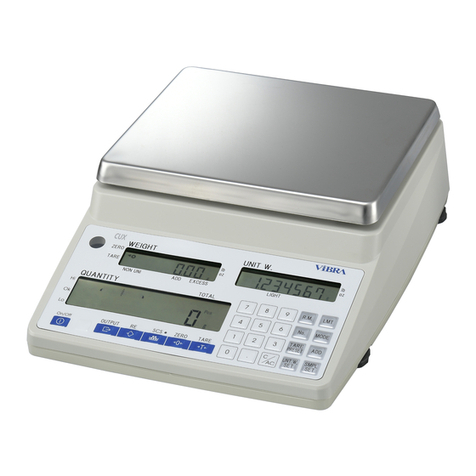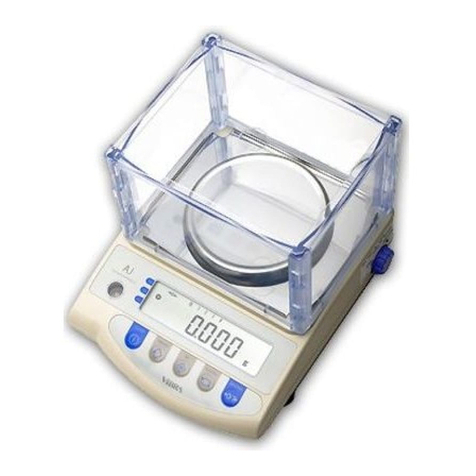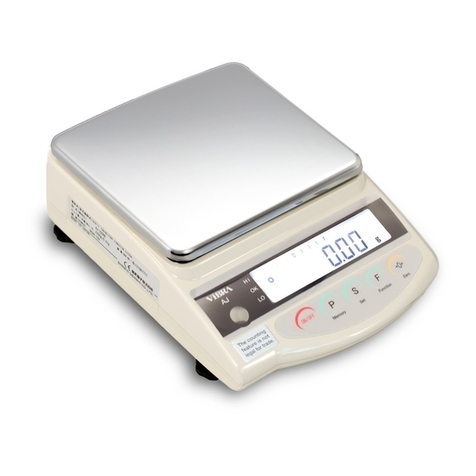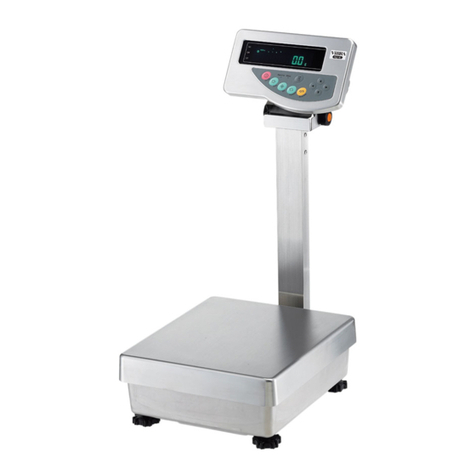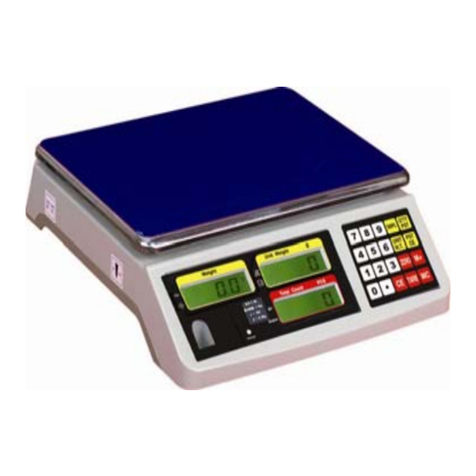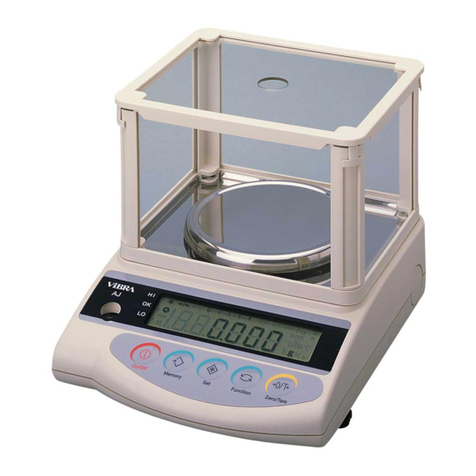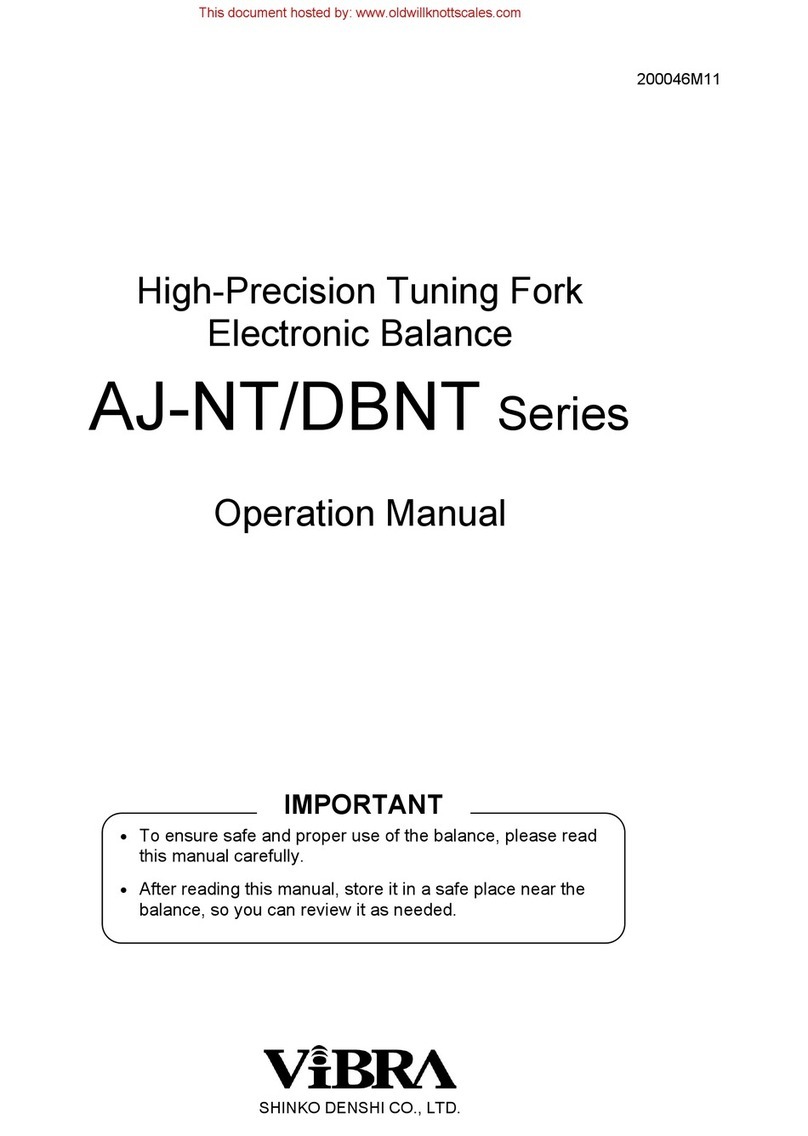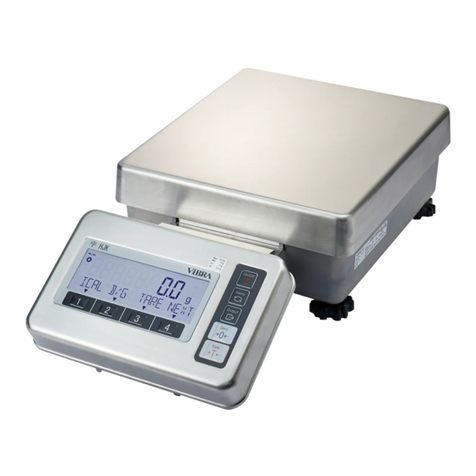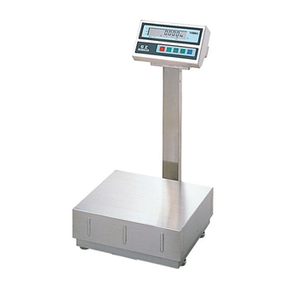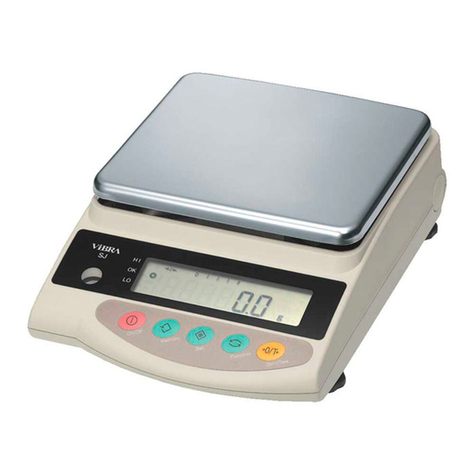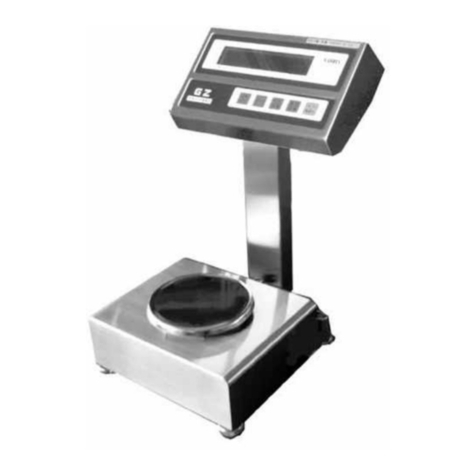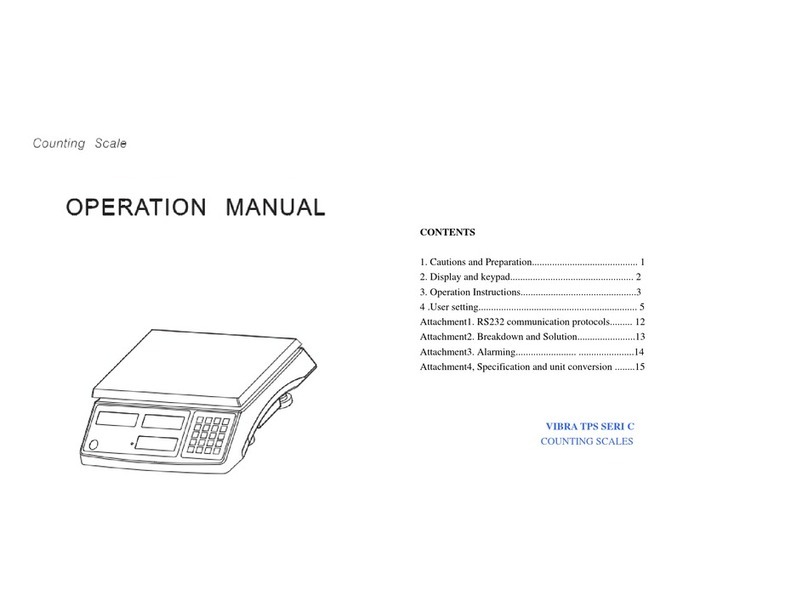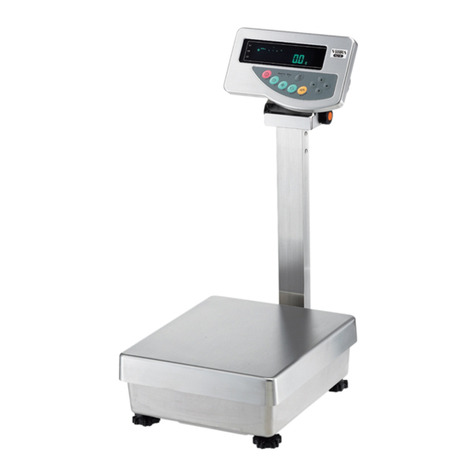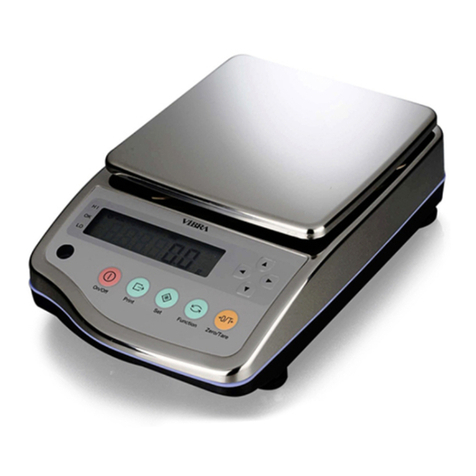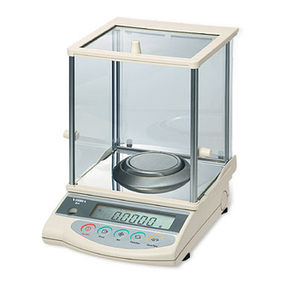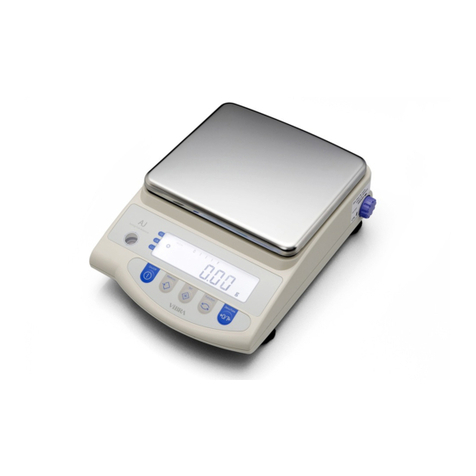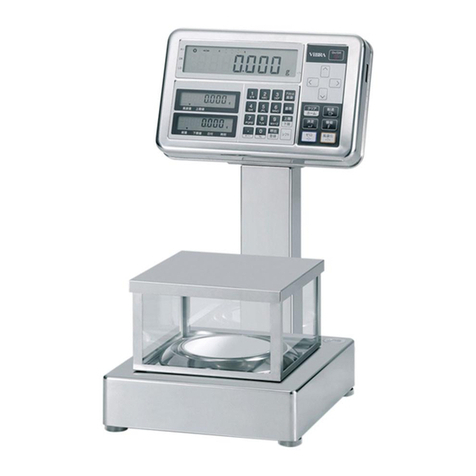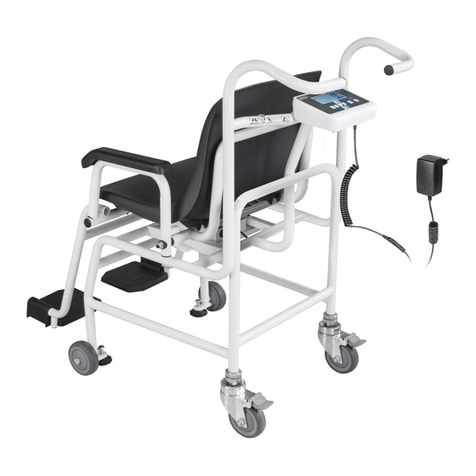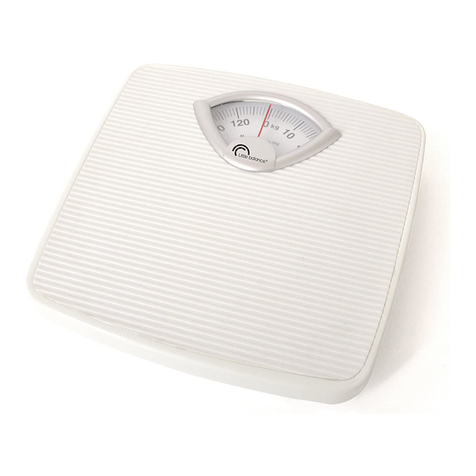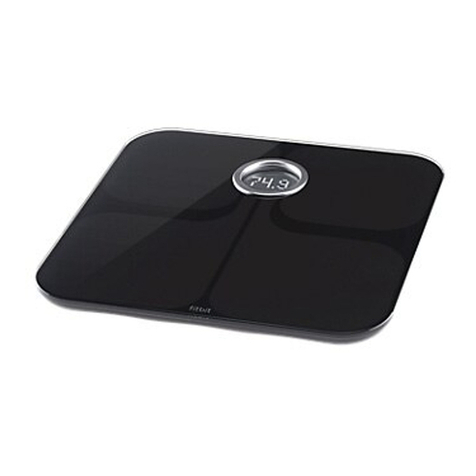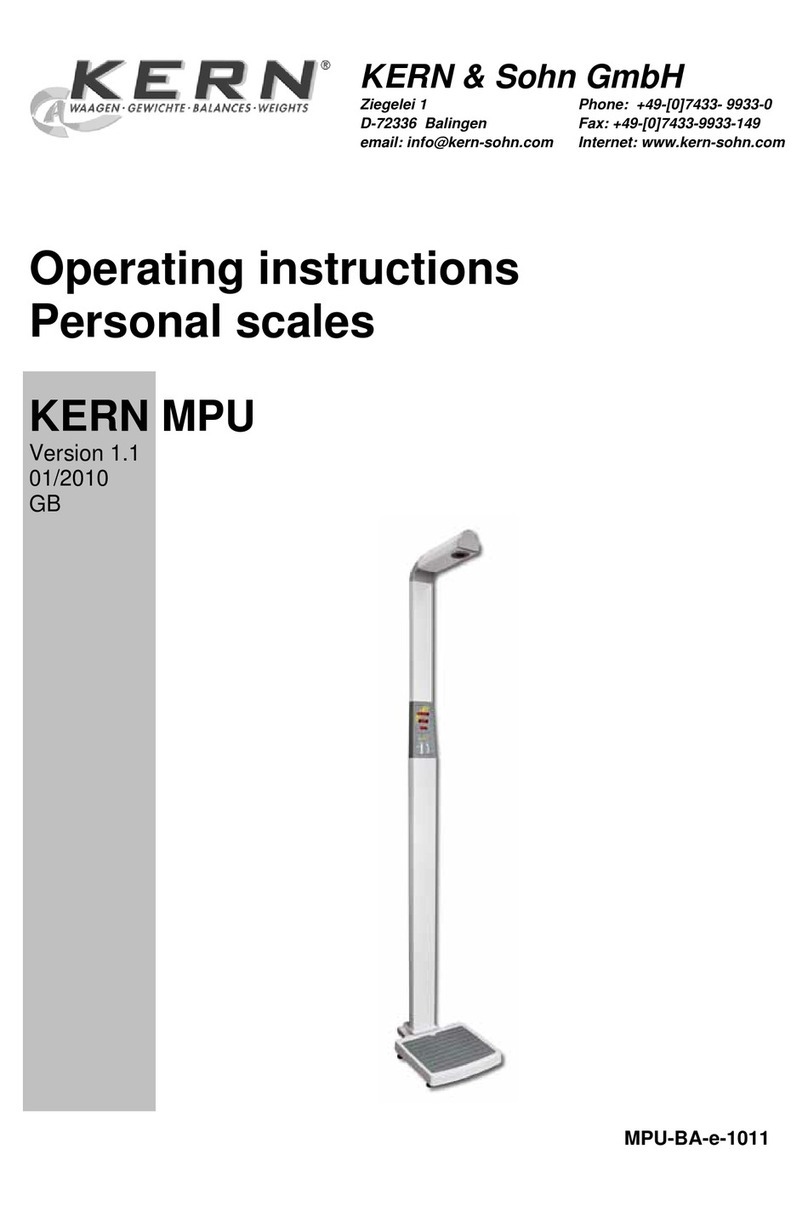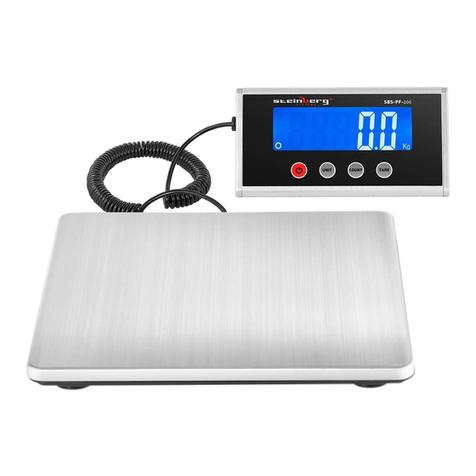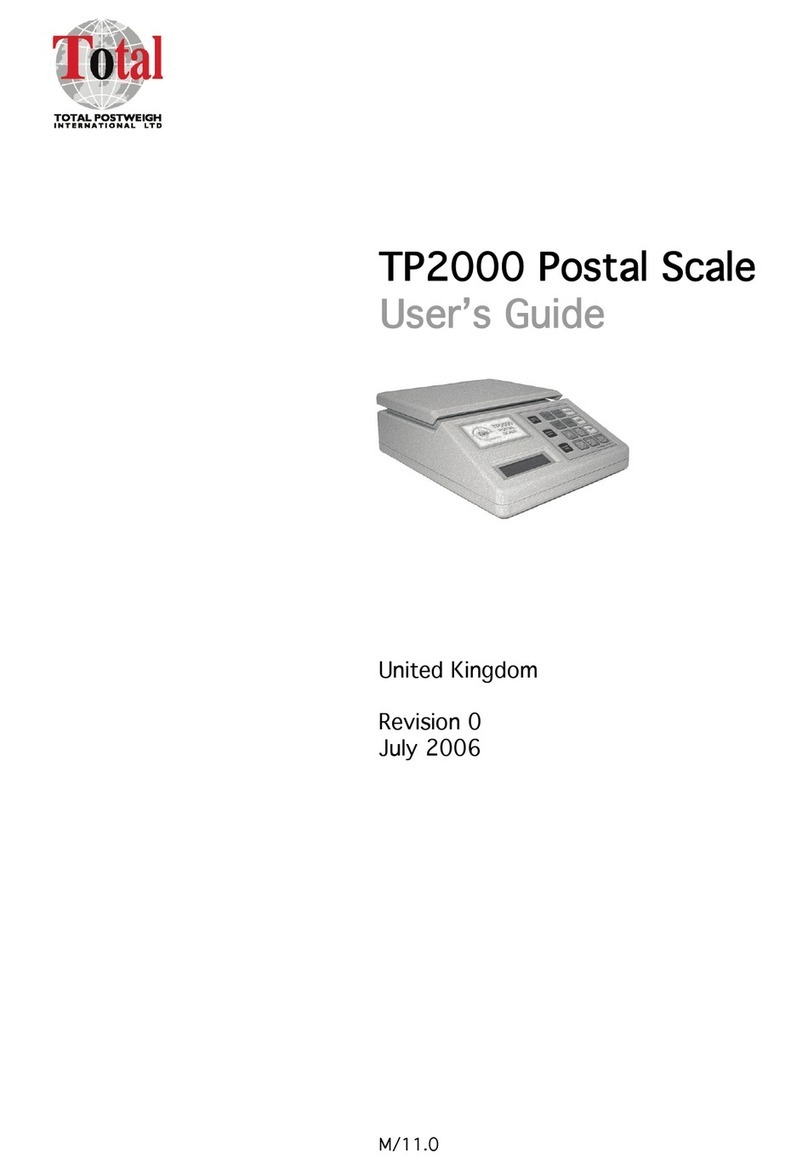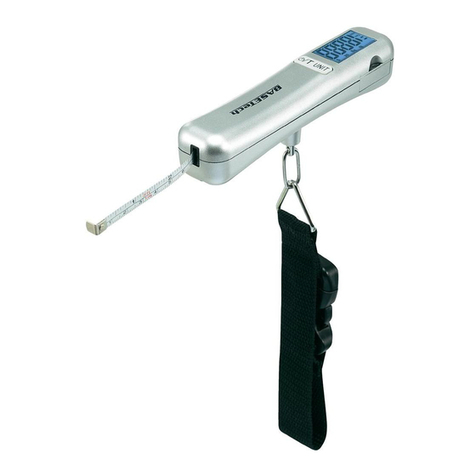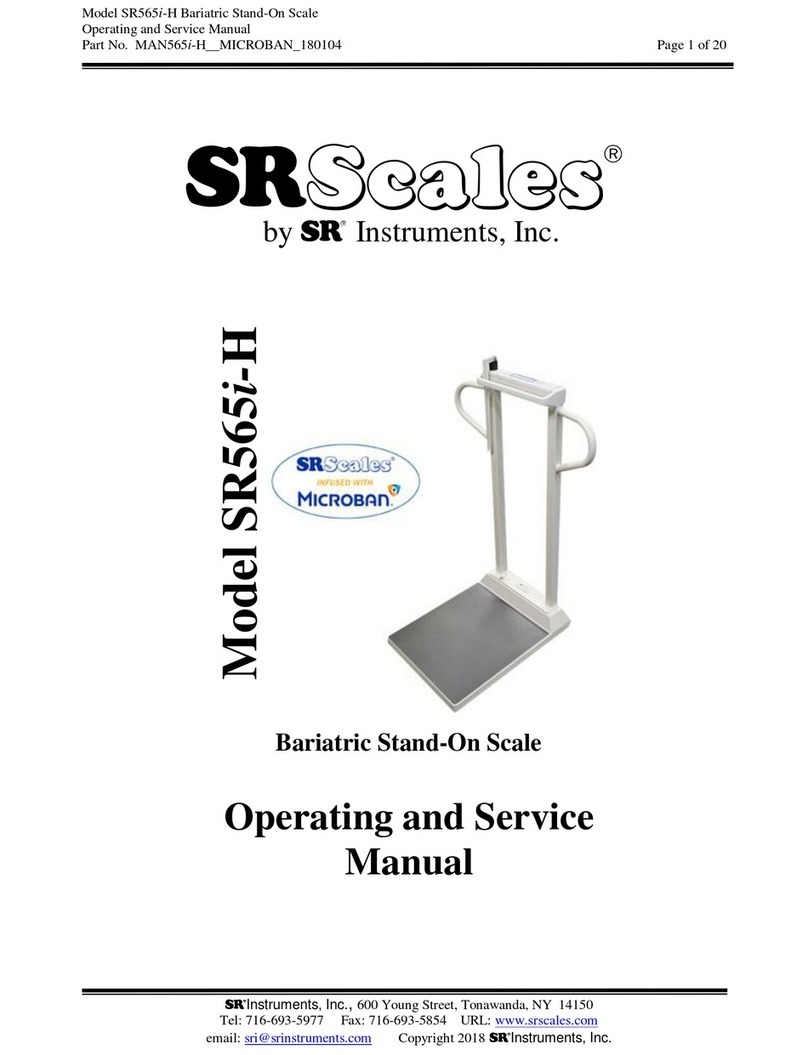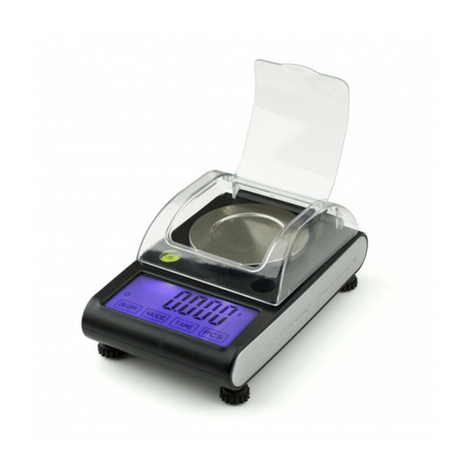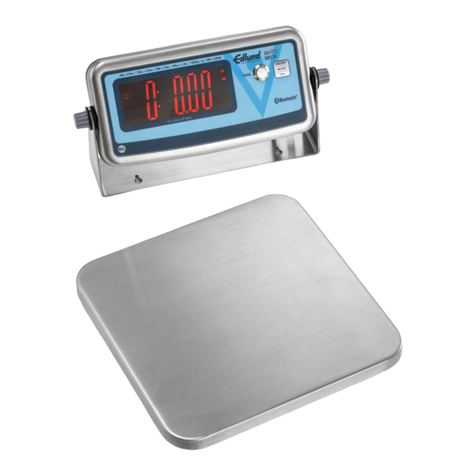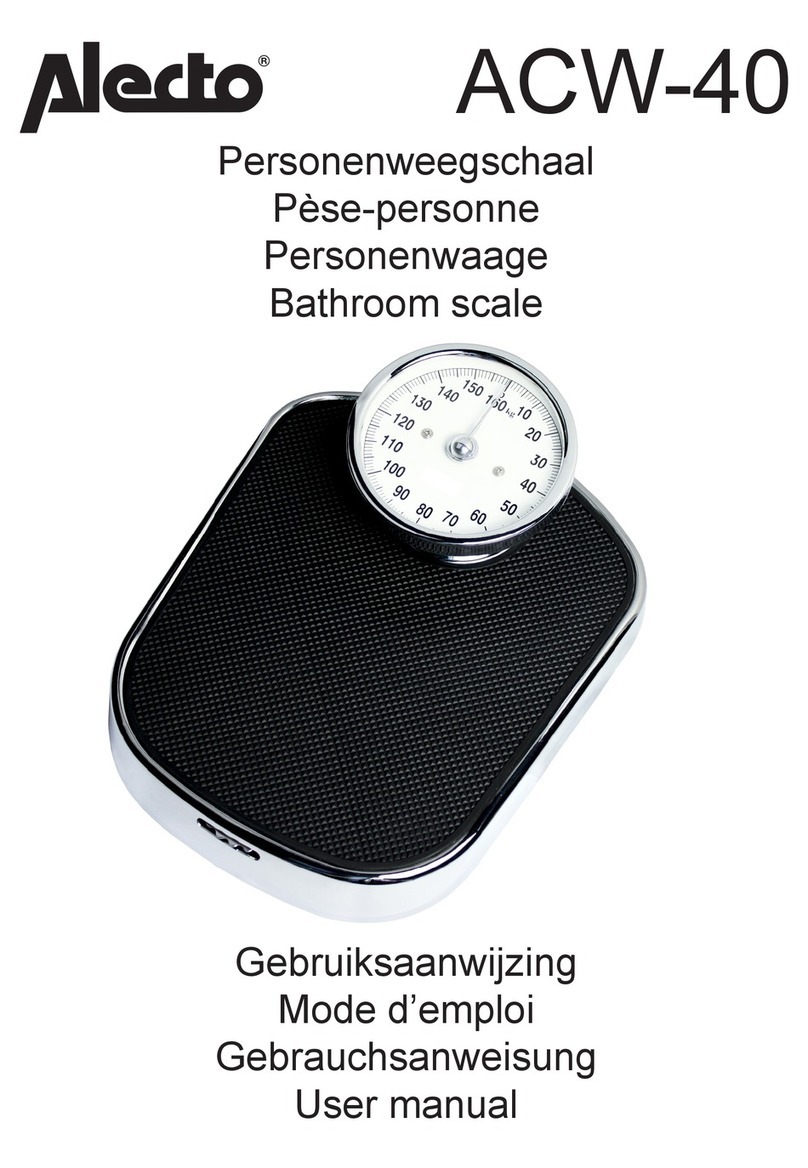-viii-
How to Read this Manual
This manual comprises the following chapters:
Chapter 1 How to Begin This chapter gives introductory information such as
how to assemble and install the balance, and how to
turn the power on and off. For your first use of the
balance, be sure to read this chapter.
Chapter 2 Basic Operation This chapter gives basic instructions for how to
weigh objects. The procedures for setting the function
capabilities used to set various functions are also
described.
Chapter 3 Various Measuring
Methods
This chapter describes how to use various measuring
methods available for the balance, such as parts
counting and percentage weighing.
Chapter 4 Adjusting the Balance The balance needs adjustment depending on where
and when it is used. This chapter describes how to
calibrate and test the balance.
Chapter 5 Setting the Functions This chapter describes how to set various functions of
the balance, such as setting units and minimum
readability.
Chapter 6 Input/Output to/from
External Devices
This chapter describes printing to printers and how to
input and output to/from RS-232C devices in detail.
Chapter 7 Troubleshooting This chapter describes how to troubleshoot problems
occurring with the balance, including actions required
for errors, and trouble remedies.
Appendixes Required data including the specifications of the
balance is described.
Index for Terms Relevant pages can be searched for through indexed
terms.
Notational conventions
In this manual, the following notation is used.
The balance Refers to a CJ series product.
Measure Refers to measuring a sample by placing it on the pan. Other
expressions such as “weigh” and “measure weight” may also be used.
[Function] key The names of the operation keys provided on the front of the main unit
are expressed in brackets [ ].
“Func” The messages shown on the display are expressed in quotation marks
“ ”.
Press the key. Refers to giving a light press of the key.
Press and hold the key. Refers to holding down the operation key and releasing the finger after
an intended display is obtained.

